The competitive landscape is rapidly changing, and your position in it hinges on your ability to harness the power of emerging digital ecosystems, says Mohan Subramaniam. Subramaniam distills complex issues into actionable frameworks that will help you shift your strategic mind-set and build the frameworks and strengths you need to thrive amid digitization. There are billions of third-party assets and entities generating new data-driven opportunities. Why not take action to future-proof your legacy firm today?
Legacy firms must adapt to today’s data-driven business world – yet many aren’t.
After The Economist labeled data the world’s “most valuable resource,” eclipsing oil, it became clear that legacy firms would need to embrace new strategic approaches. According to 2019 research from McKinsey Global Institute, firms could use today’s digital technologies to add $13 trillion to the world’s GDP by 2030. However, few legacy firms are taking the necessary action to benefit from this opportunity. If legacy firms want to maintain their competitive advantage, they’ll need to powerfully position themselves within today’s digital ecosystems, maximizing the value of data.
Legacy firms must do three things to thrive in the emerging data-driven business world:
- Cultivate an understanding of how digital technologies are transforming modes of utilizing data.
- Expand their understanding of their surrounding business contexts, viewing them as emerging digital ecosystems.
- Develop new frameworks and mind-sets to support a data-driven competitive strategy.
Activate new digital ecosystems...
Mohan Subramaniam is a professor at Lausanne, Switzerland’s IMD Business School, who specializes in strategy and digital transformation. He is an MIT Sloan Management Review editorial advisory board member and regularly contributes to Harvard Business Review.



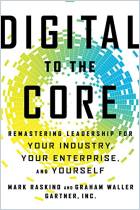
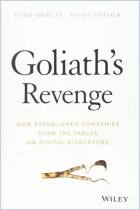
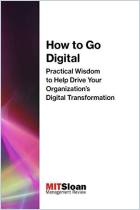
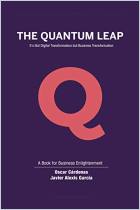
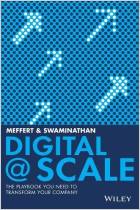
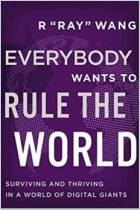



Comment on this summary